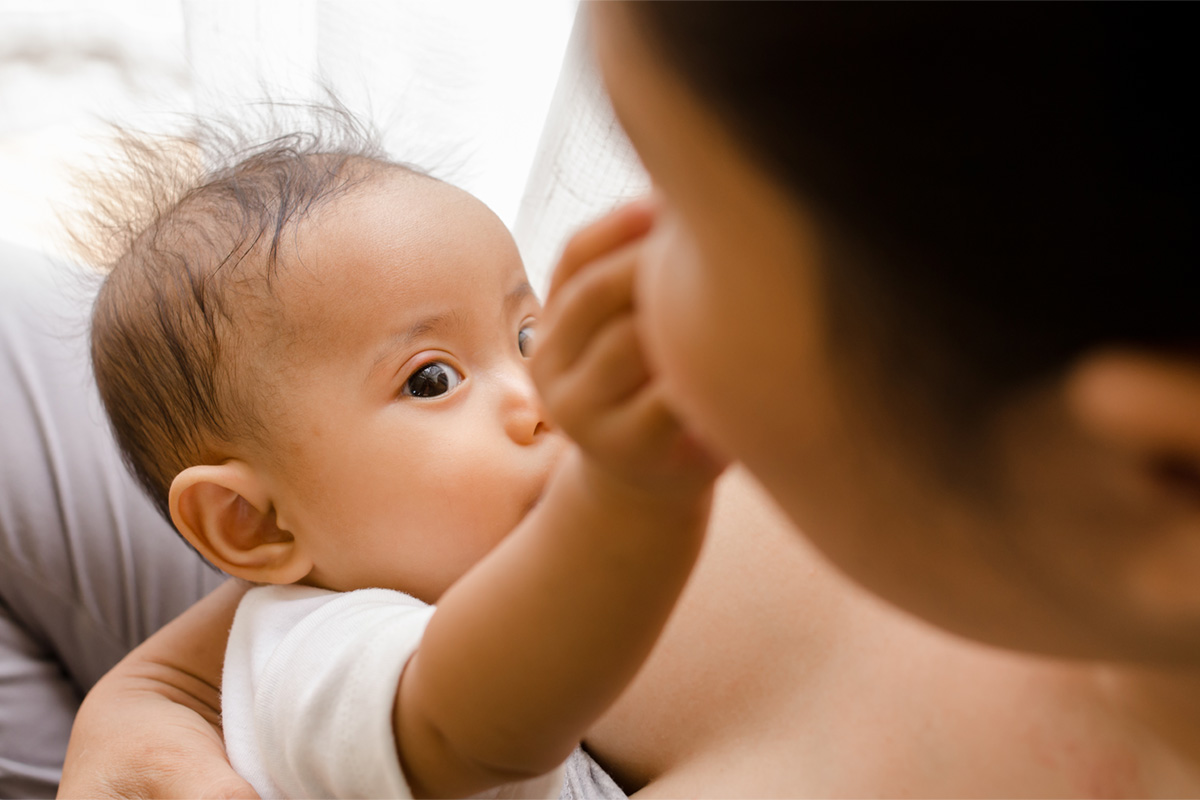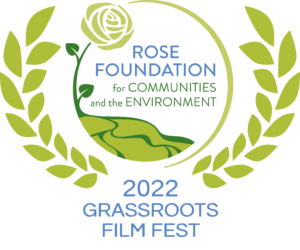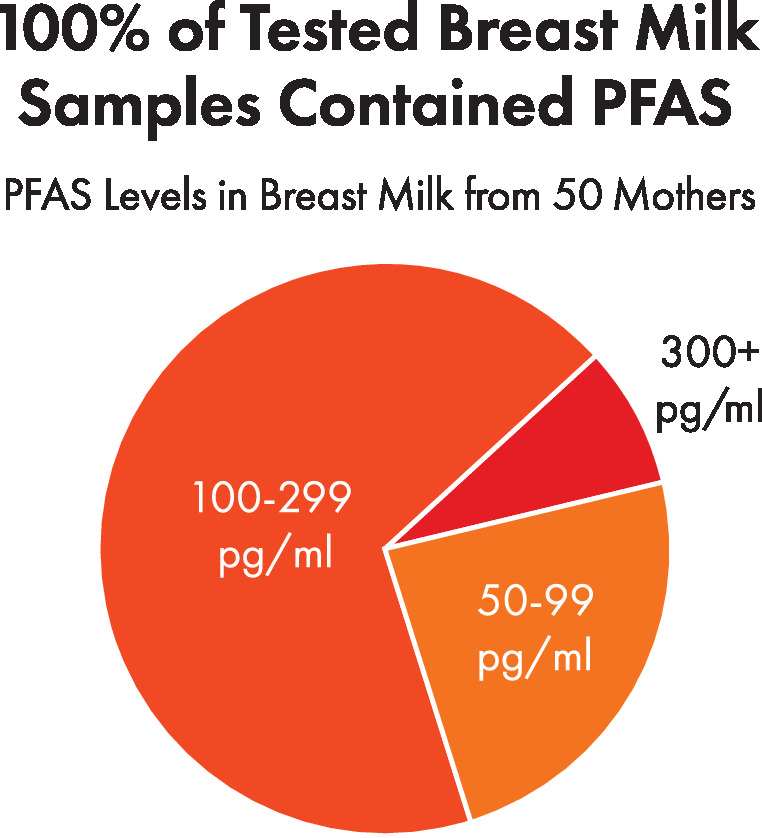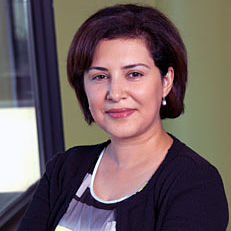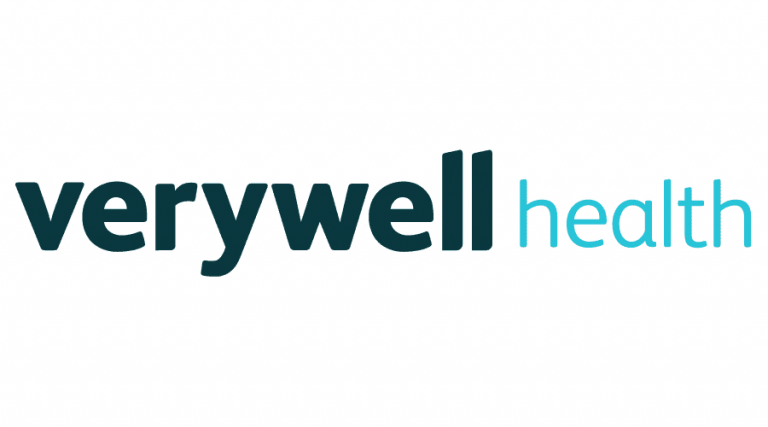PFAS in Breast Milk
Concerning Trends for Current-Use PFAS
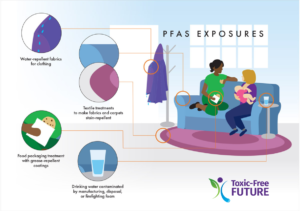 The study found PFAS “forever chemicals” in 100% of breast milk samples tested and that newer PFAS build up in people.
The study found PFAS “forever chemicals” in 100% of breast milk samples tested and that newer PFAS build up in people.
This peer-reviewed study was published in Environmental Science & Technology on May 13, 2021 and was authored by Toxic-Free Future Science Director Erika Schreder and scientists at Indiana University, the University of Washington, and Seattle Children’s Research Institute.
Support our original science and testing, and help us continue protecting people and the planet
Summary
This study, the first since 2004 to analyze PFAS in breast milk from mothers in the United States, found that 50 out of 50 women tested positive for PFAS, with levels ranging from 52 parts per trillion (ppt) to more than 500 ppt. Breast milk samples were tested for 39 different PFAS, including nine current-use compounds. Results found that both current-use and phased-out PFAS contaminate breast milk, exposing nursing infants to the effects of toxic chemicals. A total of 16 PFAS were detected with 12 found in more than 50% of the samples. The levels of PFAS that are currently in use in a wide range of products are rising in breast milk.
Check out our video, fact sheet, and press release for more.
Featured in
Additional breast milk studies by Toxic-Free Future
By analyzing breast milk samples from 50 new mothers, Toxic-Free Future original research has found PFAS, quats, and toxic flame retardants in breast milk.
Quats in breast milk (2022)
A first-of-its-kind 2022 study by Toxic-Free Future, Indiana University, and Seattle Children’s Research Institute shows that quats—the active chemicals in many household disinfectant cleaners—are frequently found in breast milk. More.

Organophosphate plasticizers and flame retardants in breast milk (2021)
According to this 2021 peer-reviewed study by Toxic-Free Future and partners, “This is the first study to simultaneously determine OPEs and their metabolites in breast milk, and our findings indicate that breastfeeding is a significant source of OPE exposure for infants… Organophosphate esters (OPEs) are among the synthetic chemicals found in the highest concentrations in the indoor environment due to their use as flame retardants and plasticizers.” More.
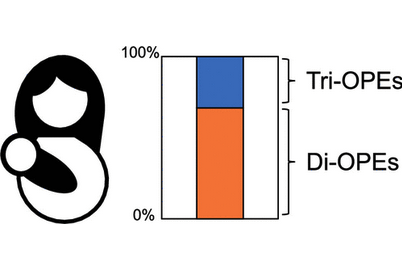
PFAS in breast milk (2021)
This 2021 study, the first since 2004 to analyze PFAS in breast milk from mothers in the United States, found that 50 out of 50 women tested positive for PFAS, with levels ranging from 52 parts per trillion (ppt) to more than 500 ppt. More.
